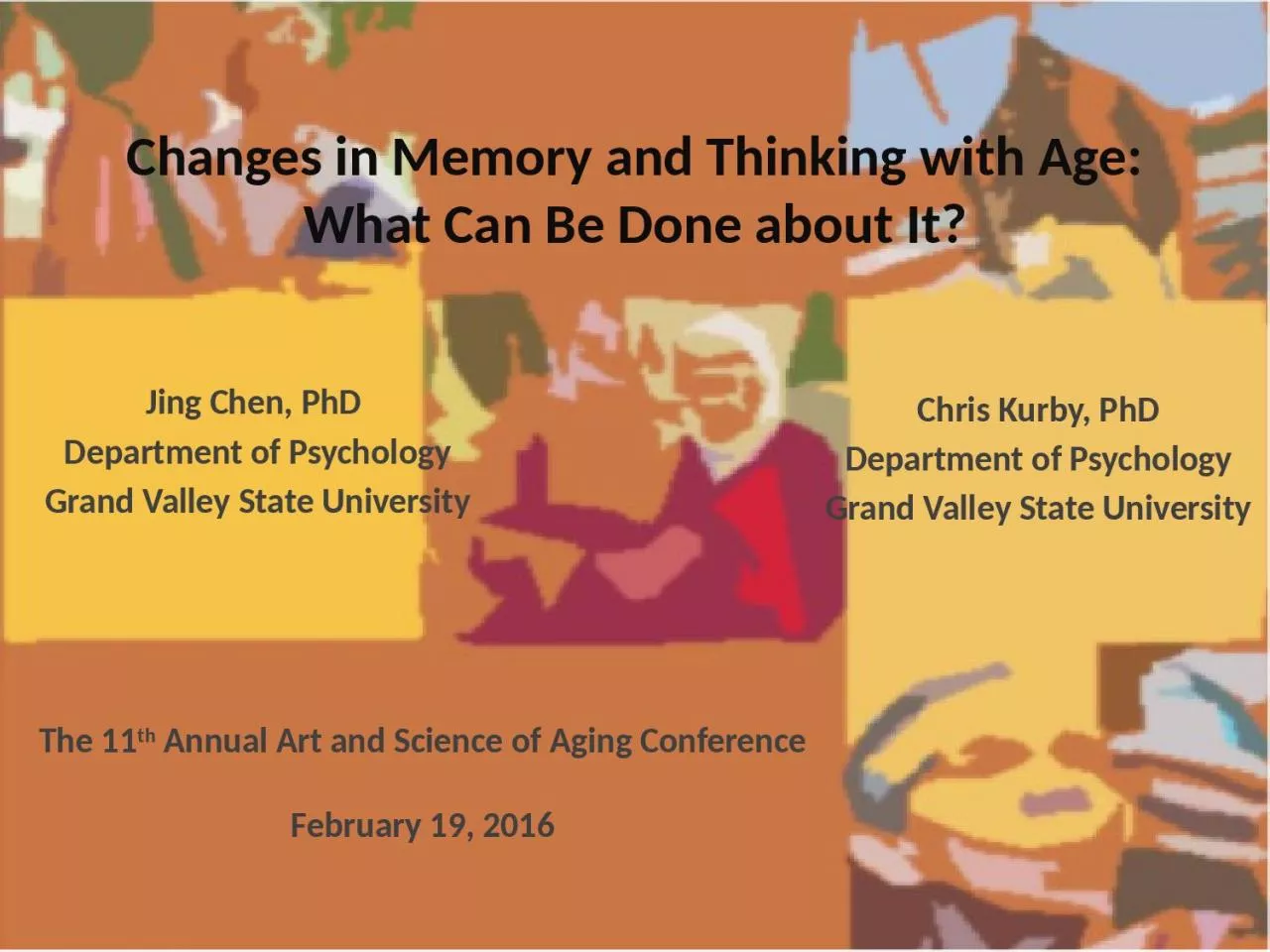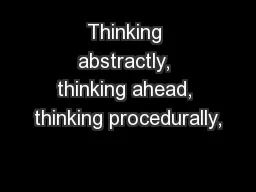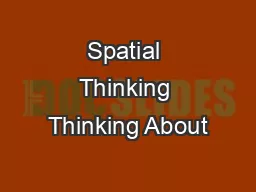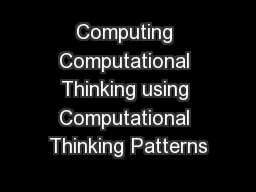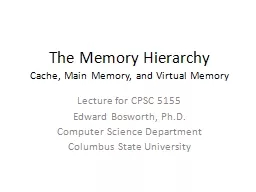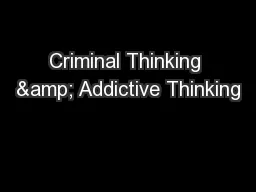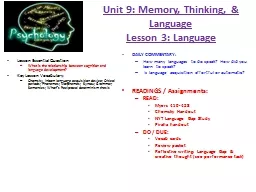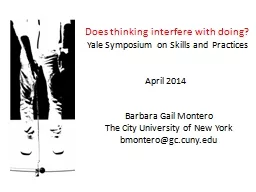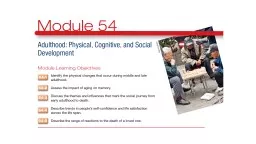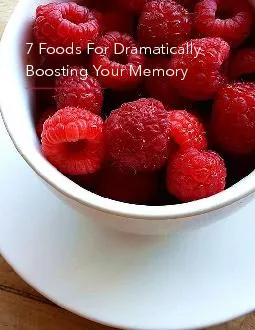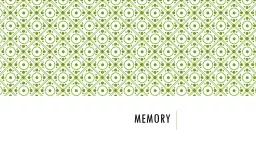PPT-Changes in Memory and Thinking with Age: What Can Be Done about It?
Author : linda | Published Date : 2024-02-02
Jing Chen PhD Department of Psychology Grand Valley State University Chris Kurby PhD Department of Psychology Grand Valley State University The 11 th Annual
Presentation Embed Code
Download Presentation
Download Presentation The PPT/PDF document "Changes in Memory and Thinking with Age:..." is the property of its rightful owner. Permission is granted to download and print the materials on this website for personal, non-commercial use only, and to display it on your personal computer provided you do not modify the materials and that you retain all copyright notices contained in the materials. By downloading content from our website, you accept the terms of this agreement.
Changes in Memory and Thinking with Age: What Can Be Done about It?: Transcript
Download Rules Of Document
"Changes in Memory and Thinking with Age: What Can Be Done about It?"The content belongs to its owner. You may download and print it for personal use, without modification, and keep all copyright notices. By downloading, you agree to these terms.
Related Documents

